Mastering the Peaks: Essential Tips for Thrilling Alpine Climbing Adventures
Imagine standing atop a breathtaking peak, surrounded by the magnificent expanse of the Alps, where the adrenaline of adventure meets the beauty of nature. Alpine climbing offers a unique blend of thrill and tranquility, attracting adventurers from all walks of life. However, conquering these majestic heights requires more than just enthusiasm; it demands respect, preparation, and skill. In this article, we will explore essential tips designed to elevate your alpine climbing experience. From mastering the right techniques to understanding the gear that can safeguard your ascent, each piece of advice will guide you towards a safer and more exhilarating adventure. Whether you’re a novice eager to take your first steps on this vertical journey or a seasoned climber looking to refine your skills, mastering the peaks is within your reach. Join us, and let’s unlock the secrets to a truly unforgettable alpine climbing experience!
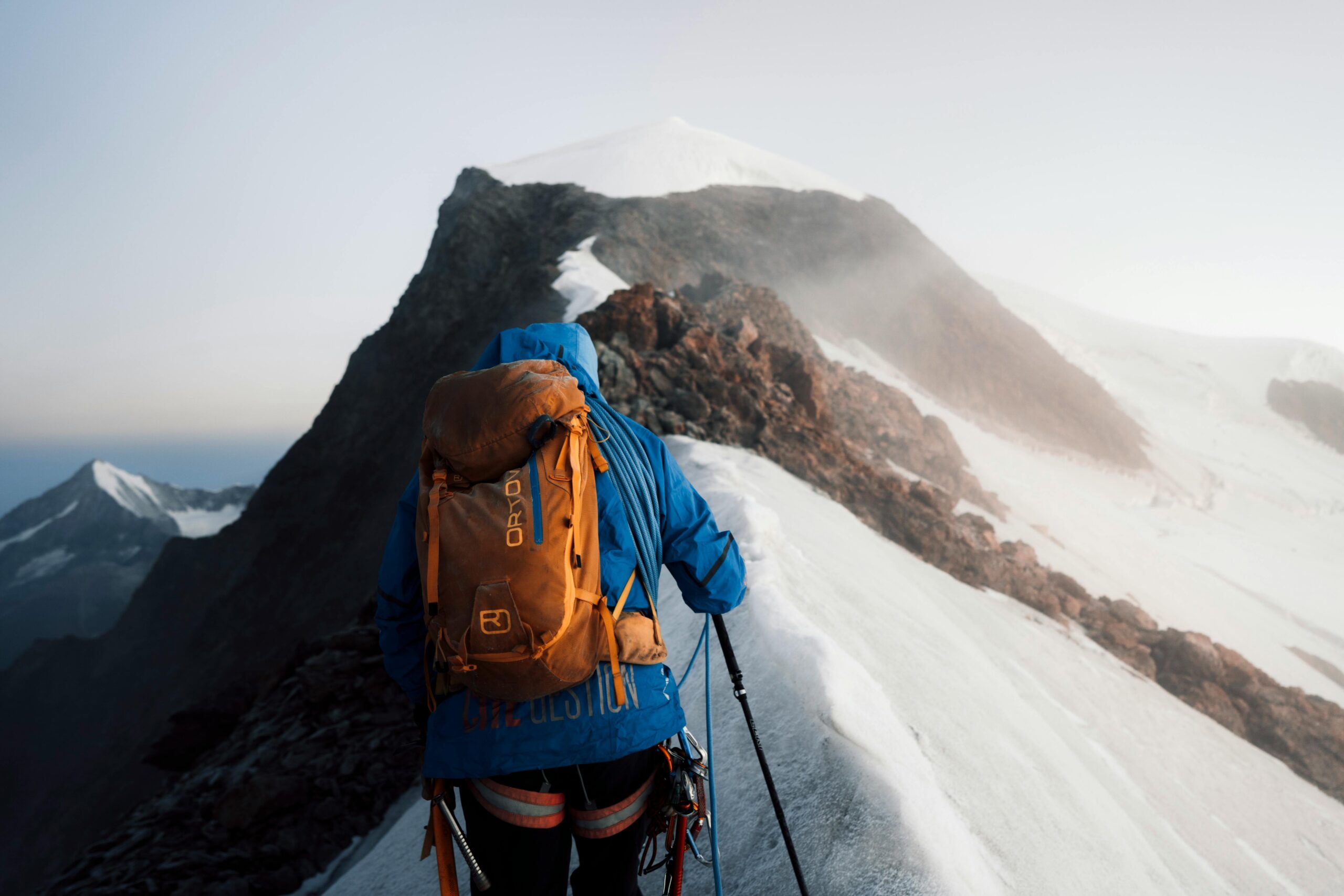
Table of contents
Essential Gear and Equipment for Alpine Climbing
Understanding Weather Conditions and Safety
Physical Preparation and Training for Climbers
Choosing the Right Alpine Climbing Routes
Navigation Skills and Techniques for Alpine Environments
Importance of Team Dynamics in Alpine Climbing
Common Challenges and How to Overcome Them
Essential Gear and Equipment for Alpine Climbing
When it comes to alpine climbing, the right gear and equipment can make all the difference between a successful ascent and a dangerous misadventure. One of the most critical pieces of equipment is your climbing harness. A good harness should be comfortable, adjustable, and durable, providing the security you need to tackle various terrains. It’s essential to choose a harness designed specifically for alpine climbing, which often includes additional gear loops and ice clipper slots to accommodate the unique demands of the environment.
Another indispensable item is the climbing rope. For alpine adventures, a dynamic rope is preferred due to its ability to absorb the energy of a fall, reducing the impact on the climber. Typically, ropes range from 50 to 70 meters in length, and selecting the right one depends on the specific routes you plan to climb. Additionally, using a twin or half rope system can offer added security and flexibility, especially on complex routes where rope drag or sharp edges could pose a risk. Footwear is also paramount in alpine climbing. Stiff, insulated mountaineering boots are essential for maintaining traction on icy and rocky surfaces. These boots should be compatible with crampons, which are metal spikes attached to your boots to provide stability on ice and snow. Additionally, a good pair of climbing shoes is crucial for more technical rock sections. These shoes should fit snugly to provide maximum sensitivity and grip on smaller footholds.
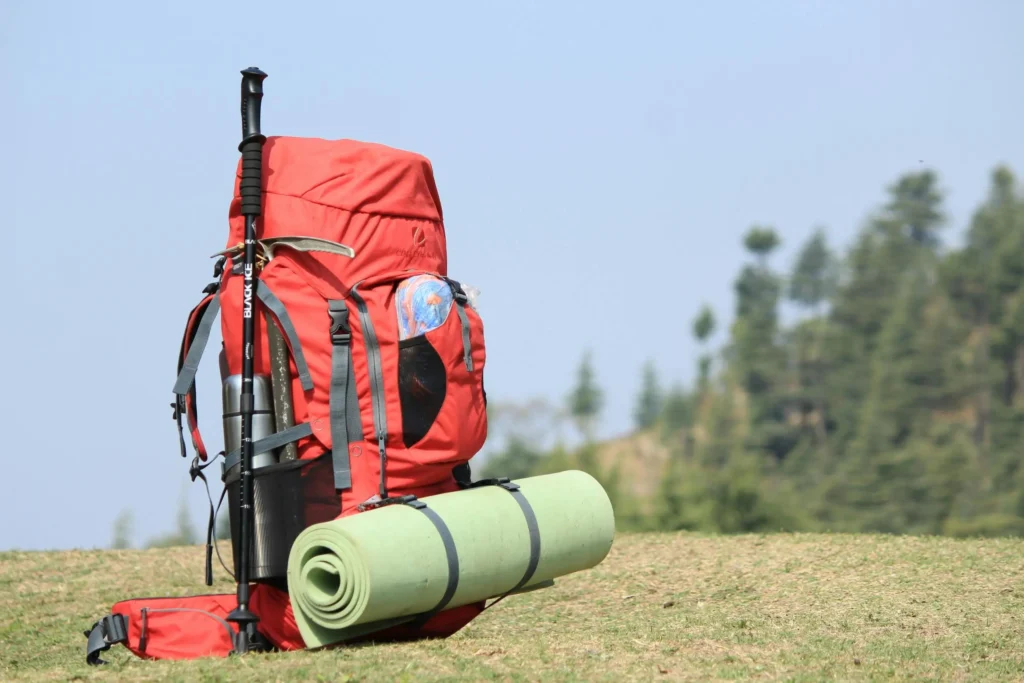
Understanding Weather Conditions and Safety
Weather conditions in alpine environments can be unpredictable and change rapidly, making it crucial to stay informed and prepared. Before embarking on your climb, always check the weather forecast for the area and time period of your adventure. Pay attention to temperature fluctuations, wind speeds, and potential precipitation, as these factors can significantly impact your safety and climbing conditions.
Carrying a reliable weather-resistant watch or a GPS device with weather updates can be a lifesaver on the mountain. These devices often come with barometric pressure sensors, which can help you detect sudden changes in the weather. Additionally, understanding cloud patterns and wind directions can provide valuable insights into impending weather shifts, allowing you to make informed decisions about continuing or retreating.
Safety in alpine climbing also involves recognizing and mitigating hazards such as avalanches, rockfalls, and crevasses. Enroll in an avalanche safety course to learn how to assess avalanche risks and use essential tools like a beacon, probe, and shovel. Always travel with a partner, and practice effective communication and emergency protocols. Remember, no summit is worth risking your life over, so prioritizing safety and making conservative choices is key to enjoying a successful climb.
Physical Preparation and Training for Climbers
Physical fitness is a cornerstone of successful alpine climbing. The demanding nature of the sport requires a high level of cardiovascular endurance, strength, and flexibility. Incorporate a well-rounded training regimen that includes aerobic exercises such as running, cycling, or swimming to build stamina. These activities help improve your heart and lung capacity, which is crucial for performing at high altitudes where oxygen levels are lower.
Strength training is equally important, focusing on both your upper and lower body. Exercises such as squats, lunges, and deadlifts target the legs and core, providing the power needed for long ascents and carrying heavy packs. Upper body workouts, including pull-ups, rows, and push-ups, enhance your ability to handle ropes and climb vertical sections. Don’t forget to incorporate grip strength exercises, as strong hands and forearms are essential for maintaining control on technical rock faces.
Flexibility and balance are often overlooked but are vital components of a climber’s fitness. Incorporate yoga or Pilates into your routine to improve your range of motion and stability. These practices also help with mental focus and breathing techniques, which can be beneficial when facing challenging and stressful situations on the mountain. Consistent training and preparation will not only enhance your performance but also reduce the risk of injury during your alpine climbing adventures.
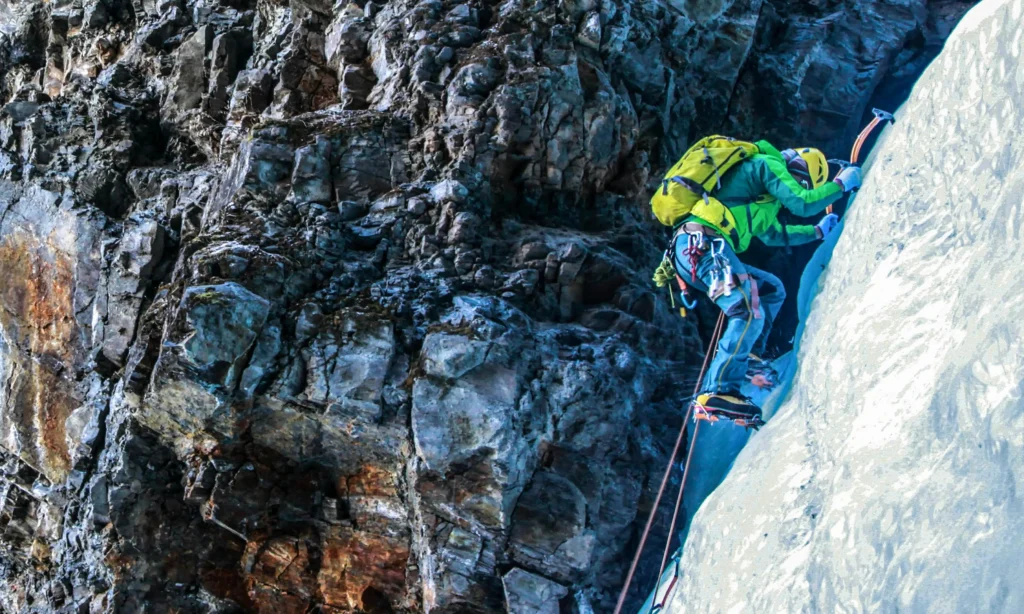
Choosing the Right Alpine Climbing Routes
Selecting the appropriate climbing route is a critical decision that can greatly influence your experience. For beginners, it’s advisable to start with well-established routes that are known for their accessibility and lower technical difficulty. Research guidebooks, online forums, and climbing communities to gather information about popular beginner-friendly routes. These sources often provide valuable insights into the terrain, difficulty levels, and necessary gear.
As you gain experience, you may seek out more challenging routes that test your skills and endurance. When choosing these routes, consider factors such as the length of the climb, elevation gain, and the type of terrain you will encounter. Some routes may require advanced technical skills, such as ice climbing, mixed climbing, or navigating complex rock faces. It’s important to honestly assess your abilities and ensure you have the necessary skills and equipment to tackle these challenges safely.
Additionally, always have a backup plan. Weather, physical conditions, or unforeseen circumstances can sometimes force you to alter your intended route. Familiarize yourself with alternative routes and descent options to ensure you have a safe and manageable exit strategy. Planning and flexibility are key to navigating the unpredictable nature of alpine climbing, allowing you to adapt to changing conditions and make smart decisions on the mountain.Selecting the appropriate climbing route is a critical decision that can greatly influence your experience. For beginners, it’s advisable to start with well-established routes that are known for their accessibility and lower technical difficulty. Research guidebooks, online forums, and climbing communities to gather information about popular beginner-friendly routes. These sources often provide valuable insights into the terrain, difficulty levels, and necessary gear.
As you gain experience, you may seek out more challenging routes that test your skills and endurance. When choosing these routes, consider factors such as the length of the climb, elevation gain, and the type of terrain you will encounter. Some routes may require advanced technical skills, such as ice climbing, mixed climbing, or navigating complex rock faces. It’s important to honestly assess your abilities and ensure you have the necessary skills and equipment to tackle these challenges safely.
Additionally, always have a backup plan. Weather, physical conditions, or unforeseen circumstances can sometimes force you to alter your intended route. Familiarize yourself with alternative routes and descent options to ensure you have a safe and manageable exit strategy. Planning and flexibility are key to navigating the unpredictable nature of alpine climbing, allowing you to adapt to changing conditions and make smart decisions on the mountain.Selecting the appropriate climbing route is a critical decision that can greatly influence your experience. For beginners, it’s advisable to start with well-established routes that are known for their accessibility and lower technical difficulty. Research guidebooks, online forums, and climbing communities to gather information about popular beginner-friendly routes. These sources often provide valuable insights into the terrain, difficulty levels, and necessary gear.
As you gain experience, you may seek out more challenging routes that test your skills and endurance. When choosing these routes, consider factors such as the length of the climb, elevation gain, and the type of terrain you will encounter. Some routes may require advanced technical skills, such as ice climbing, mixed climbing, or navigating complex rock faces. It’s important to honestly assess your abilities and ensure you have the necessary skills and equipment to tackle these challenges safely.
Additionally, always have a backup plan. Weather, physical conditions, or unforeseen circumstances can sometimes force you to alter your intended route. Familiarize yourself with alternative routes and descent options to ensure you have a safe and manageable exit strategy. Planning and flexibility are key to navigating the unpredictable nature of alpine climbing, allowing you to adapt to changing conditions and make smart decisions on the mountain.
Navigation Skills and Techniques for Alpine Environments
Effective navigation is crucial for a successful and safe alpine climbing experience. One of the most fundamental tools for navigation is a reliable topographic map of the area you plan to climb. Topographic maps provide detailed information about the terrain, including elevation changes, slopes, and natural features. Learning to read and interpret these maps is an essential skill for any climber.
In addition to maps, a compass is an indispensable tool for navigating in alpine environments. While GPS devices and smartphones offer convenience, they are subject to battery life and signal limitations. A compass, on the other hand, is a dependable tool that can help you orient yourself and navigate even in poor visibility conditions. Combine your compass skills with map reading to plot accurate routes and maintain your bearings.
Modern technology has also introduced advanced navigation aids such as GPS devices and mobile apps designed for outdoor activities. These tools can provide real-time location tracking, route planning, and weather updates. However, it’s important to use them as a supplement to traditional navigation skills rather than a replacement. Batteries can die, and devices can fail, so always carry a map and compass as a backup. Practice using all your navigation tools together to build confidence in your ability to find your way in any situation.
Importance of Team Dynamics in Alpine Climbing
Alpine climbing is often a team endeavor, and the dynamics within your group can significantly impact the success and safety of your climb. Effective communication is the foundation of strong team dynamics. Establish clear signals and commands for various situations, such as when to stop, proceed, or address a hazard. Regularly check in with each other to ensure everyone is on the same page and to address any concerns or issues promptly.
Trust and camaraderie are also essential components of a successful climbing team. Each member should be confident in their own abilities as well as the skills and judgment of their teammates. Building this trust comes from shared experiences, training together, and supporting one another through challenges. A cohesive team can navigate difficult situations more effectively and provide emotional support when the going gets tough. It’s also important to assign roles and responsibilities within the team. Designate a leader who will make critical decisions and coordinate the group’s efforts. Other roles might include a navigator, a gear manager, or a safety officer. Clear roles help streamline operations and ensure that all necessary tasks are covered. Remember, the success of the climb depends on the collective effort and cooperation of the entire team.
Common Challenges and How to Overcome Them
Alpine climbing presents a myriad of challenges, both physical and mental. One common challenge is dealing with altitude sickness, which can affect climbers at high elevations. Symptoms include headaches, nausea, and dizziness. To mitigate these effects, acclimatize gradually by spending time at intermediate altitudes before attempting higher climbs. Stay hydrated, eat well, and listen to your body. If symptoms persist or worsen, descend to a lower altitude immediately.
Another challenge is the physical strain of long climbs and carrying heavy gear. To overcome this, focus on building your endurance and strength through a comprehensive training program. Practice carrying loaded packs on hikes to simulate the demands of alpine climbing. Additionally, ensure your gear is well-organized and balanced to distribute weight evenly and reduce fatigue.
Mental challenges, such as fear and anxiety, can also arise during alpine climbs. These emotions are natural but can be managed through proper preparation and mental training. Visualization techniques, positive self-talk, and controlled breathing can help you stay calm and focused. Additionally, climbing with a supportive team can provide reassurance and motivation. Embrace the challenges as part of the adventure, and use them as opportunities to grow and improve as a climber.
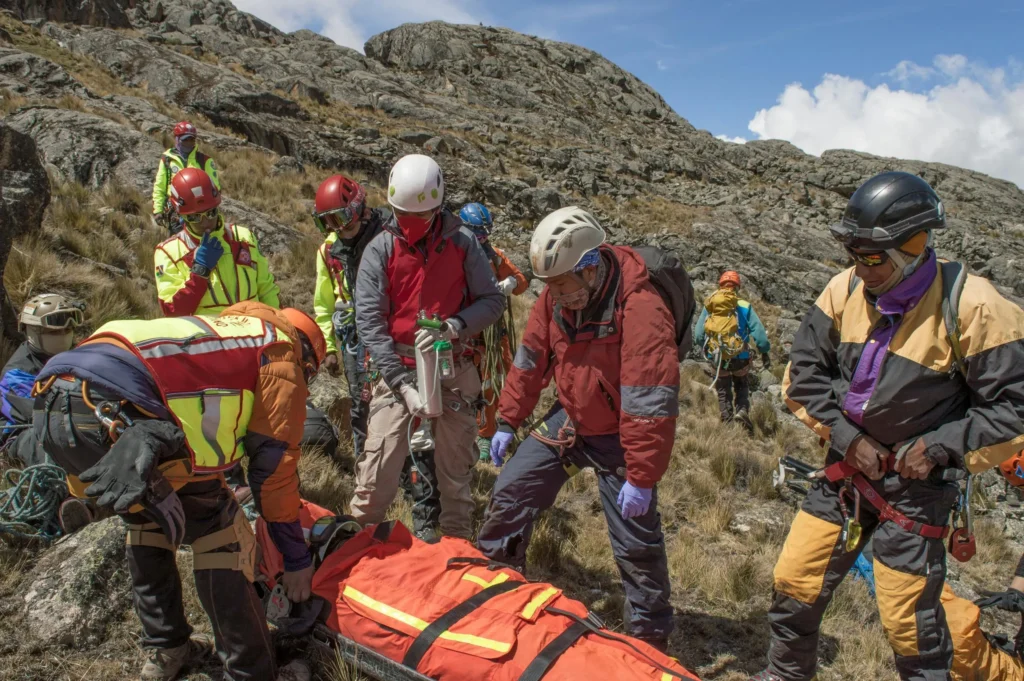
Environmental Awareness and Responsible Climbing
Alpine environments are fragile ecosystems that require our respect and care. Practicing Leave No Trace principles is essential to minimize our impact on these natural wonders. This includes packing out all trash, avoiding the creation of new trails, and respecting wildlife. Leave campsites and climbing areas as you found them, ensuring that future climbers can enjoy the same pristine conditions.
Water sources in alpine areas are often limited and vulnerable to contamination. Be mindful of where you set up camp and how you manage waste. Use biodegradable soap and avoid washing directly in streams or lakes. If nature calls, use a portable toilet or follow guidelines for burying waste away from water sources and trails.
Educating yourself and others about the importance of environmental stewardship can have a lasting impact. Participate in conservation efforts, support organizations dedicated to preserving alpine environments, and share your knowledge with fellow climbers. By fostering a culture of responsibility and respect, we can ensure that these magnificent landscapes remain unspoiled for generations to come.
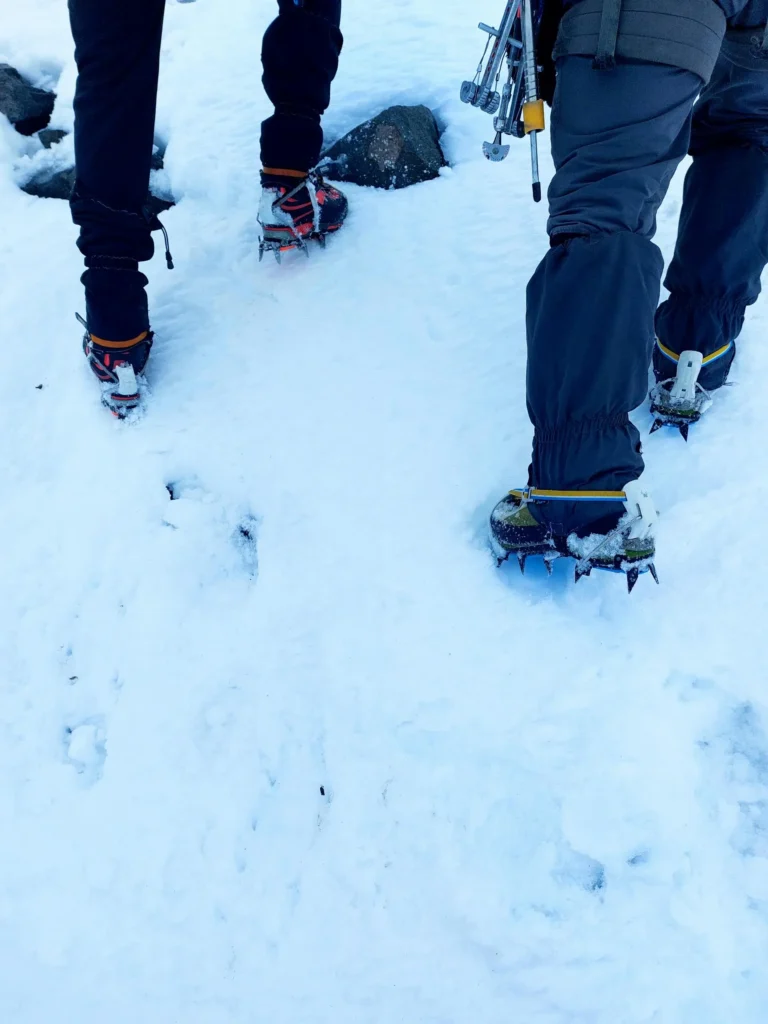
Conclusion: Embracing the Thrill of Alpine Climbing
Alpine climbing is a pursuit that combines the thrill of adventure with the serenity of nature. It challenges us physically, mentally, and emotionally, pushing us to our limits and rewarding us with breathtaking views and a sense of accomplishment. Mastering the peaks requires dedication, preparation, and a deep respect for the mountains and their inherent risks.
By equipping yourself with the right gear, understanding weather patterns, and honing your physical and mental skills, you can embark on alpine climbing adventures with confidence. Choose your routes wisely, practice navigation techniques, and cultivate strong team dynamics to ensure a safe and enjoyable climb. Embrace the challenges and learn from each experience, continually striving to improve and grow as a climber.
As you stand atop a majestic peak, gazing out at the vast expanse before you, remember the journey that brought you there. The effort, the preparation, the camaraderie, and the respect for nature all culminate in that moment of triumph. Alpine climbing is not just about reaching the summit; it’s about the journey, the lessons learned, and the memories created along the way. So, lace up your boots, gather your gear, and set your sights on the peaks. The mountains are calling, and your adventure awaits.
